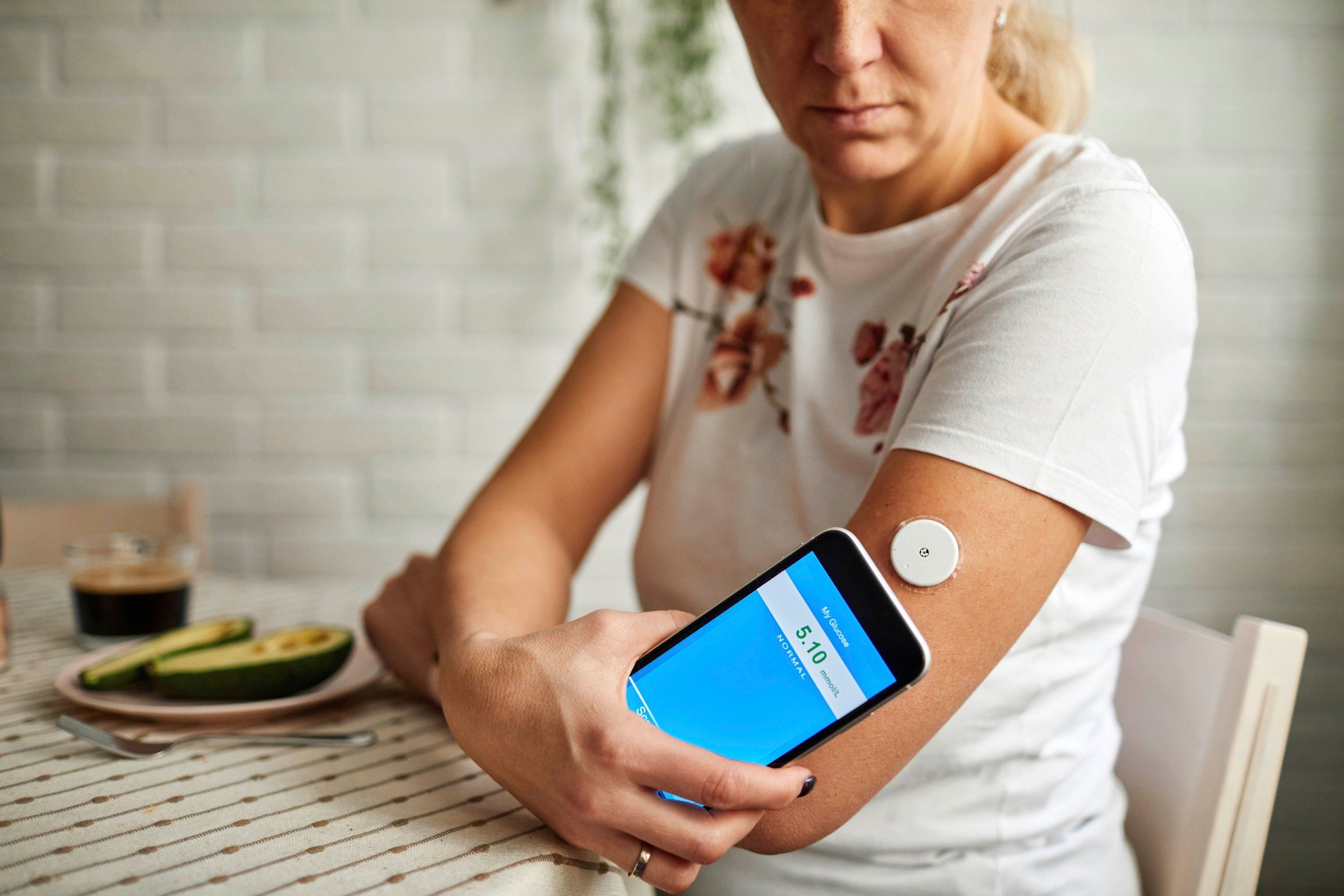

New technology will help those with diabetes manage their health better and lead healthier lives.
Photo / Diabetes NZ
Diabetes funding a game-changer - expert
Professor Ben Wheeler says glucose monitors and insulin pumps are a breakthrough for type 1 diabetics, but access remains limited.


Holiday Classics: The sports films that bring families together

Memories over miles: South Aucklanders share their favourite holiday getaways


Ancient DNA shows how Pasifika carried pigs across the ocean

Holiday Classics: The sports films that bring families together

Memories over miles: South Aucklanders share their favourite holiday getaways

A diabetologist describes Pharmac’s funding for type 1 diabetes technology as a game-changer, offering much-needed relief for those struggling with the disease.
However, Pacific and Māori communities face significant barriers to accessing this crucial technology.
World Diabetes Day was celebrated on Thursday.
Professor Ben Wheeler, a diabetologist and pediatric endocrinologist specialising in diabetes and advanced technologies, underscores the positive impact of improved access.
This funding breakthrough offers a ray of hope for those affected by type 1 diabetes, he says.

Professor Ben Wheeler Wheeler encourages people with diabetes to reach out, urging them to take action of the new Pharmac funding available. Photo / University of Otago
Wheeler, head of child health at Otago University, said, “[A] really big thing to celebrate is that Pharmac, in August, allowed the funding of continuous glucose monitors and insulin pumps for all people, adults and children with type 1 diabetes.
“That’s enormous. We expect that maybe 9 out of 10 people living with type 1 diabetes will want to use those in the future.”
“Diabetes is a huge deal. It’s a problem that probably doesn’t get the attention it deserves,” he says. “Almost all of us would know someone living with diabetes, would be my feeling.”
There are over 500 million people globally living with diabetes, and in New Zealand, approximately 300,000 people are affected by the condition.
“And that doesn’t count all of their families and all the impact it has on those around them,” Wheeler adds.
There are two types of diabetes: Type 1 and Type 2.
“There’s Type 1 diabetes, which affects maybe 25,000 people in New Zealand. That’s the type where you have to have insulin every single day to survive,” Wheeler says.
“For type one diabetes, traditionally, we used to say Pacific and Māori were less likely to get type one. So, that’s caused by autoimmune, where our immune systems attack our bodies.
“When we look at those numbers, Pacific, for instance, or Māori, their rates of type one diabetes in children and in young adults are now about the same as we would expect for their proportion in the community. So, that’s been an interesting change.”

The revolutionary technology means people with diabetes no longer have to do finger pricks to test their glucose levels. Photo / Unsplash
Wheeler explains that the risk of Type 2 diabetes increases as people shift away from traditional lifestyles to modern, Western habits.
“So, if you take indigenous populations, they are particularly at risk because they’ve started to adopt this very high-energy diet that we now associate with Western lifestyles.
“I think we could all agree that’s very different from maybe what their ancestors would have eaten before. So, it’s definitely associated with lifestyle and with weight gain.
“But type two diabetes is also very, very strongly genetic. So, we see that passed on through the generations, and the risk of that is much higher in Pacific and Māori.”
“Type two diabetes is where the action of insulin isn’t working as well as it should, so we become resistant to the action of insulin. That’s the type that affects nine out of 10 people with diabetes. We see that a lot in Pacific and Māori communities,” he says.
Wheeler notes that the big challenge now is accessibility and making sure people know that funding is available, especially for those who may be hesitant to reach out.
“We desperately want them to lead better lives and healthier lives, and this technology will help them. In my experience, even people who are struggling with their diabetes do better when they use this technology.”
This encouragement aims to motivate those affected by diabetes to take advantage of the available resources.
He adds, “If you look at places like Scandinavia, where that’s been funded for a long time, maybe 98 to 100 per cent of people use continuous glucose monitoring.

A patch on a person's arm will be able to measure their glucose levels. Photo / Diabetes NZ
“So, a wee patch on their arm that can measure their glucose all the time. So, that means no more finger pricks. That’s sort of revolutionary technology that can really help people with the burden of diabetes.”
Wheeler reflects on the challenges Pacific people face accessing this technology, saying, “We’ve found an interesting phenomenon where Pacific people are particularly less likely to access that technology. Māori as well, and adults. So, children have been more likely to get it.”
He stresses the importance of reaching out to adults with type 1 diabetes.
“I guess people like me have always been particularly careful to look after our tamariki, our children.
“But now it’s really important to put that message out that if you’re an adult living with type 1 diabetes, you should reach out to us because there are new things that we can offer you to reduce the burden. We would love people to be accessing that new technology.”
Wheeler encourages people with diabetes to reach out, urging them to take action.
“So, even if people are feeling a little helpless or feeling like things have been difficult, sometimes changing the way they do things can just completely change their lives. So, we would be putting out a very optimistic message to them that we would like to help.”
Listen to Professor Ben Wheeler's full interview below: